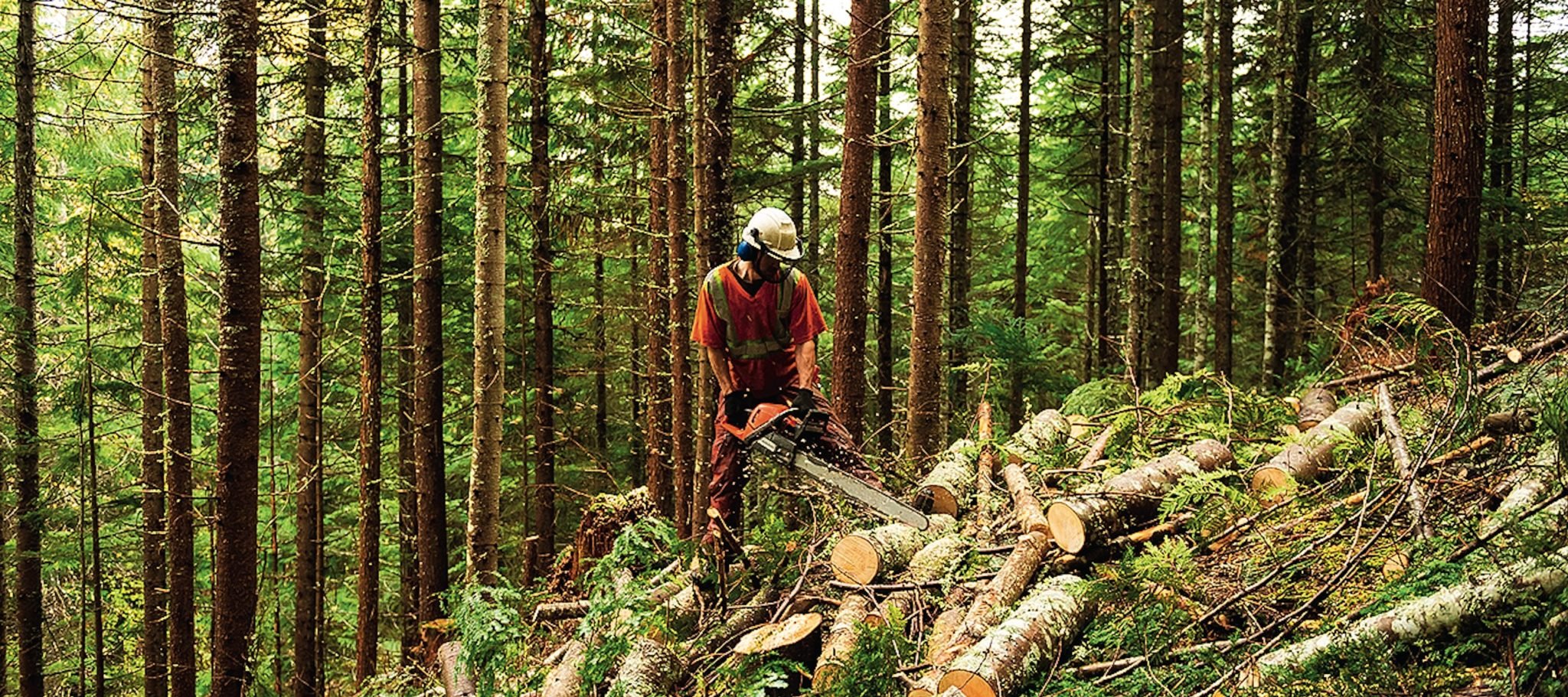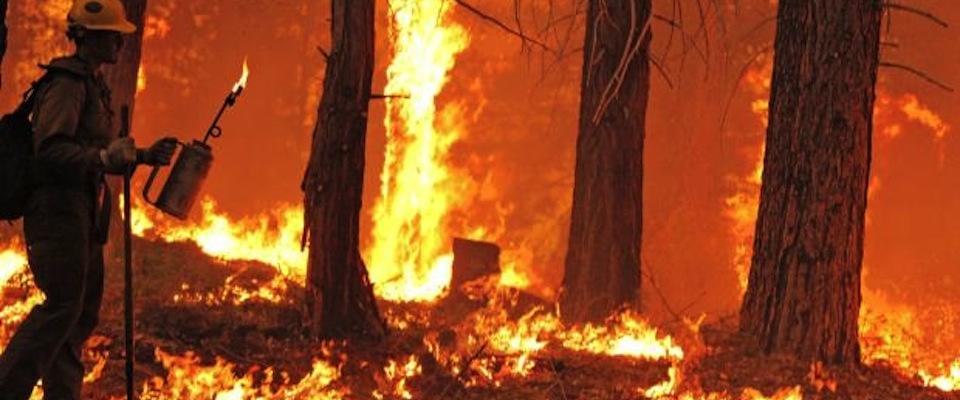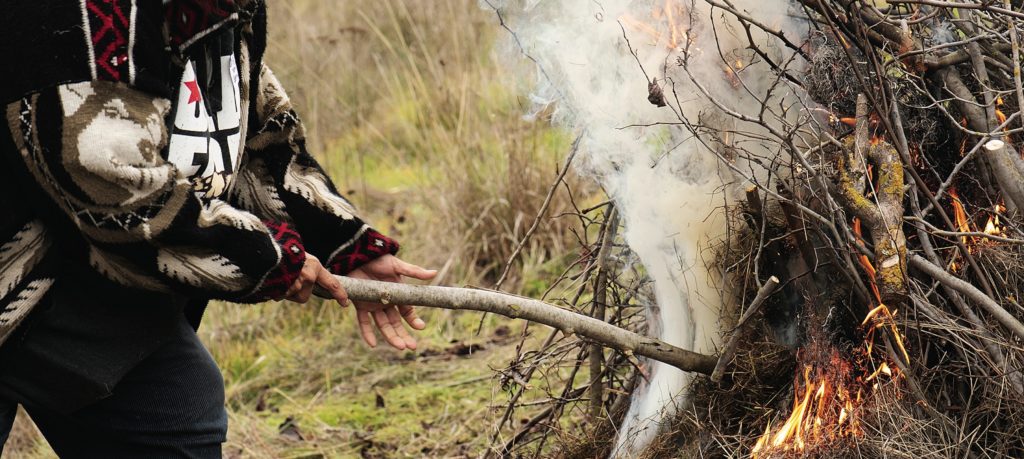Amid a string of record-setting wildfire years in the state, California and the U.S. Forest Service have set an ambitious goal of “treating” 1 million acres of forest annually in order to reduce fire risk and increase forest resilience. It’s a costly proposition.
The most common treatment methods to clear highly combustible underbrush and small trees include prescribed fires and mechanical thinning. The former entails hazardous smoke pollution and the risk of runaway fires. The latter poses fewer risks but is far more expensive: as high as $1,400 per acre, as compared with $150 per acre using controlled fires.
But a new analysis by a group of Berkeley researchers suggests that the state could, with the right mix of policy measures and incentives, make mechanical forest treatment pay for itself by creating a more robust market for the woody biomass and small-diameter timber left over from thinning operations. Currently, that waste is generally left on the forest floor to rot or burn.
“If you drive through these forest treatment projects, you’ll see massive burn piles that can be over 20 feet tall—the size of multiple school buses—and they’re just sitting there waiting to be combusted,” co-author Bodie Cabiyo, M.S. ’20, a doctoral candidate in Berkeley’s Energy and Resources Group, told Berkeley News. “That’s a lot of carbon that is going to go back into the atmosphere.”
But what if the wood in those slash piles could be profitably put to use, and in ways that also reduced the associated carbon emissions? The study authors suggest that the biomass can be used to create electricity or liquid fuel in conjunction with carbon capture and storage, for example. Forest residues can also be made into long-lasting engineered lumber and used to build housing that might otherwise be constructed with more carbon-intensive steel and cement.
“It’s hard to manage our forests without releasing carbon,” said Cabiyo. “But if we’re really efficient and careful about how we are using the wood and invest in innovative wood products that can use waste wood, then we can achieve both net carbon benefits and wildfire mitigation benefits in California.”





















